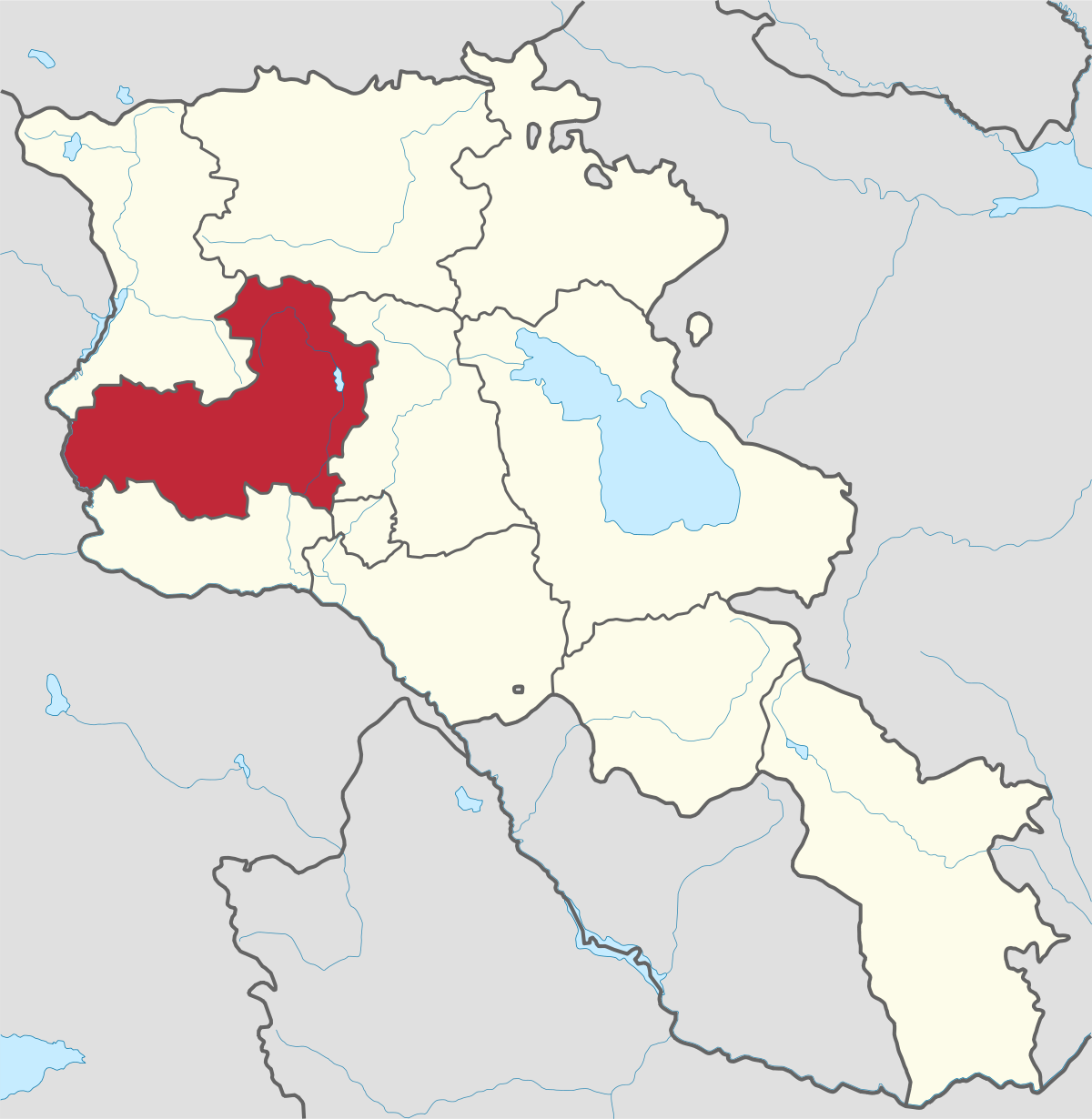
Aragatsotn Region
Aragatsotn is named after the massive mountain (4095m / 13,435 ft.) that hovers over the northern reaches of Armenia. This region is one of the...
Noravank Monastery
The “new monastery” (Noravank), was founded in 1105 by Bishop Hovhannes, Abbot of Vahanavank, who moved his bishopric there in 1205. In the following two centuries the monastery grew with the fortunes of the ruling Orbelian clan of kings, who bequeathed riches on the church, establishing it as the center of the church in Siunik and commissioning patrimonial sepulchers at the monastery.
The monastery is one of the most spectacular sites in Armenia. Around sunset, the reddish hues of the dramatic cliffs surrounding the monastery are accentuated by the setting sun, and the reddish-gold stone of its churches acquire a luminous sheen – it's a totally magnificent sight.
Monastery Complex
The complex includes the 13th-century Surp Karapet Church, built next to the ruins of an earlier church also dedicated to St John the Baptist. Attached to this is a small 13th-century chapel dedicated to Surp Gregor; it's home to a carved lion-human tombstone dated to 1300.
The main structure is the 14th-century Surp Astvatsatsin Church (1339), built on top of the mausoleum of Burtel Orbelian, who is buried here with his family. Historians say the church is reminiscent of tower-like burial structures created in the early years of Christianity. There’s a wonderful carving of Christ flanked by Peter and Paul above the door.
Mongols looted the monastery in 1238, but a quick truce between the forces of the Agha Khan and Prince Elikum Orbelian brought a certain amount of peace to the region and the chance to rebuild the monastery, establishing a new golden age that lasted until the Timurid invasions in the late 14th c.
In its heyday, Noravank was a major cultural center, closely connected to the many seats of religion and learning in the kingdom, especially the university and library at Gladzor, some 20 km distant. Owing to its Orbelian benefactors, the monastery was also steeped in the politics of the day.
Sculptor Momik
The monastery is also connected to the sculptural work of one of the most prolific and astonishing artists of the Middle Ages, the artist, architect and sculptor, Momik. He created the exquisite bas relief sculptures over the gavit entry at Noravank and added khachkars to the ensemble. His last work was also at Noravank, where he created the Orbelian sepulchre church of Astvatsatsin/Burtelashen, two striking bas relief sculptures on the church’s west and south walls, and a small, simple khachkar for his tomb, which is at the side of the church. Both church and khachkar are dated 1339.

Aragatsotn is named after the massive mountain (4095m / 13,435 ft.) that hovers over the northern reaches of Armenia. This region is one of the...
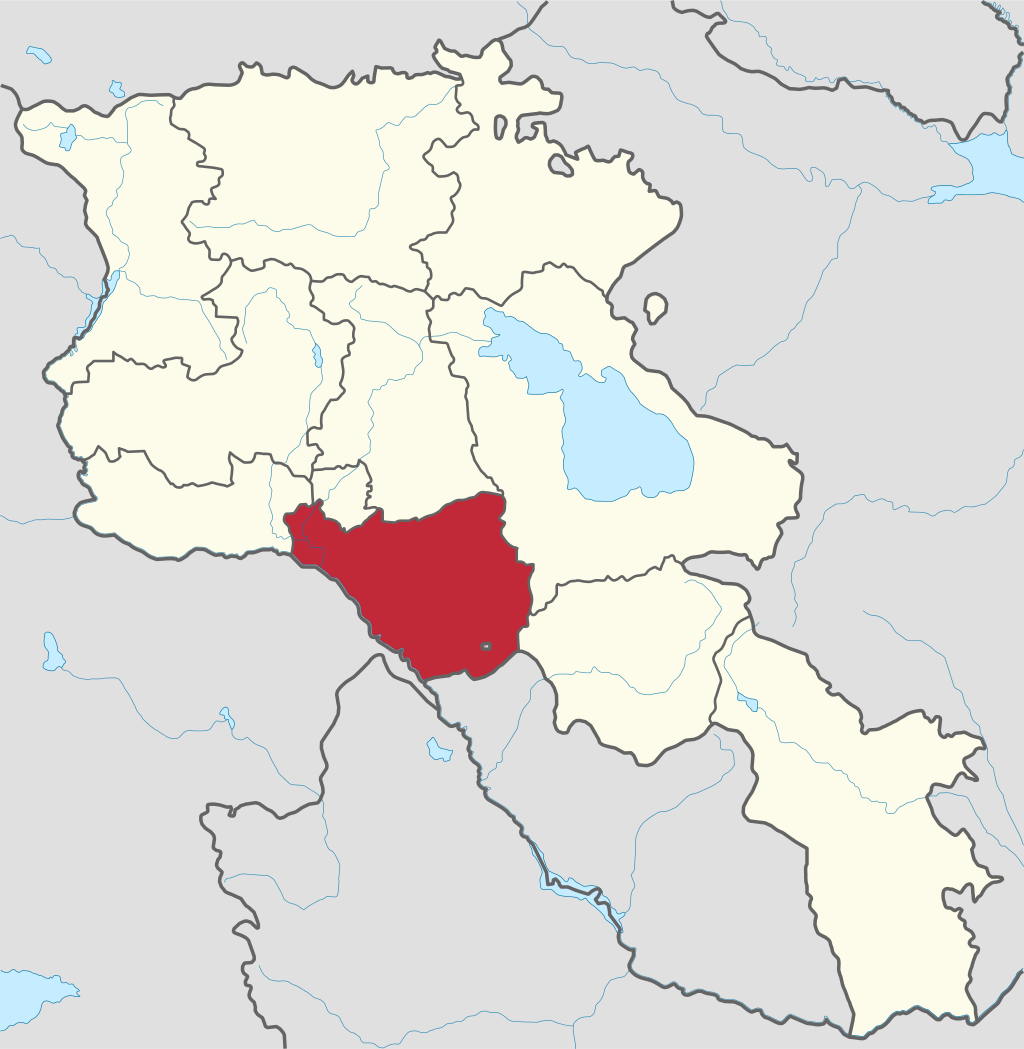
Ararat region is named after the biblical Mount Ararat which is mentioned in the Bible as a place where Noah’s ark has landed after the Great...
.png)
Armavir Region - Because of its Christian history the region is most famous for locals and Diaspora Armenians, who make pilgrimages to Armenia to...
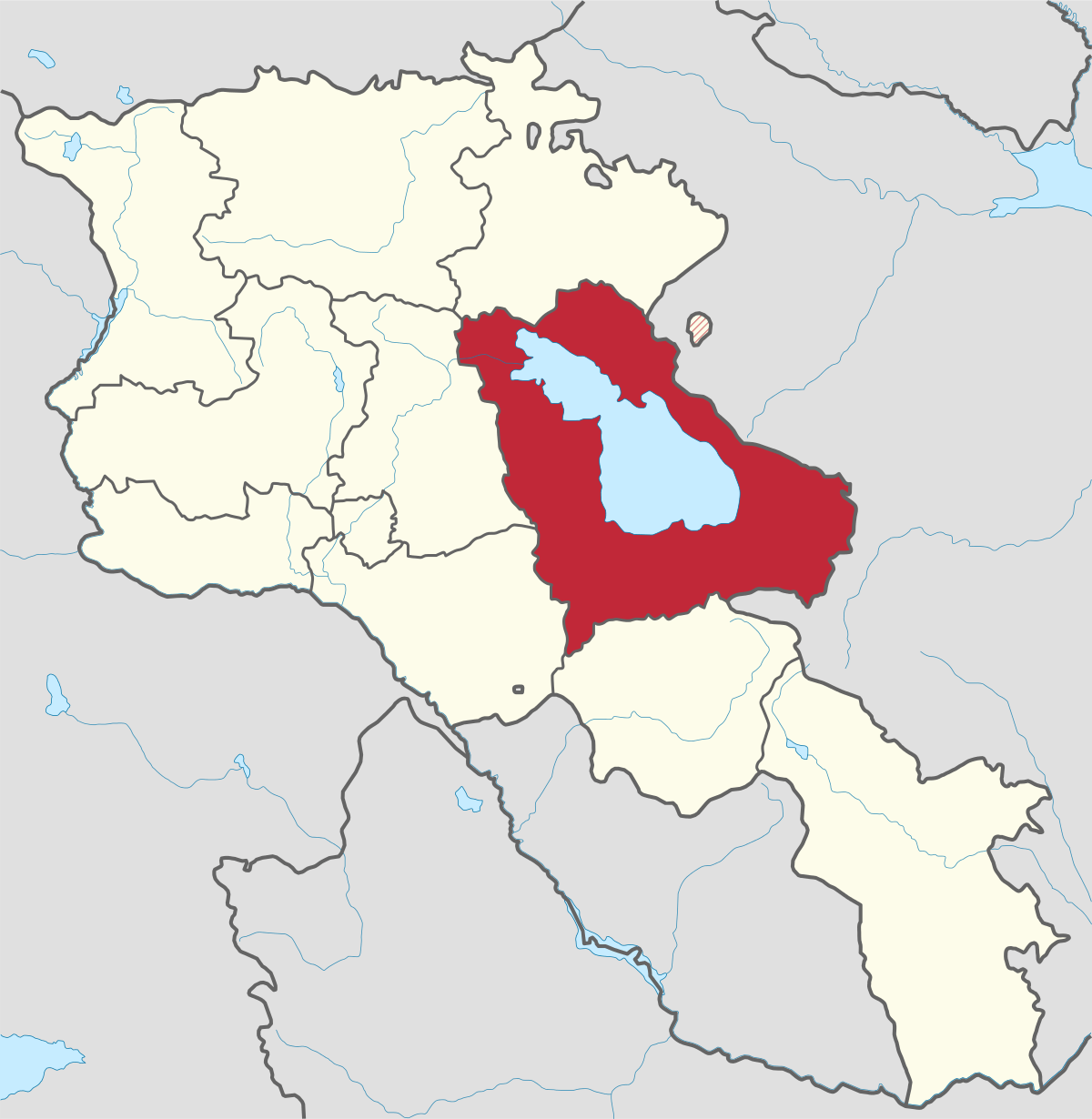
Gegharkunik ist die größte Region Armeniens, die an Aserbaidschan und die Shahumyan-Region der Republik Berg-Karabach grenzt. Ein Viertel der...
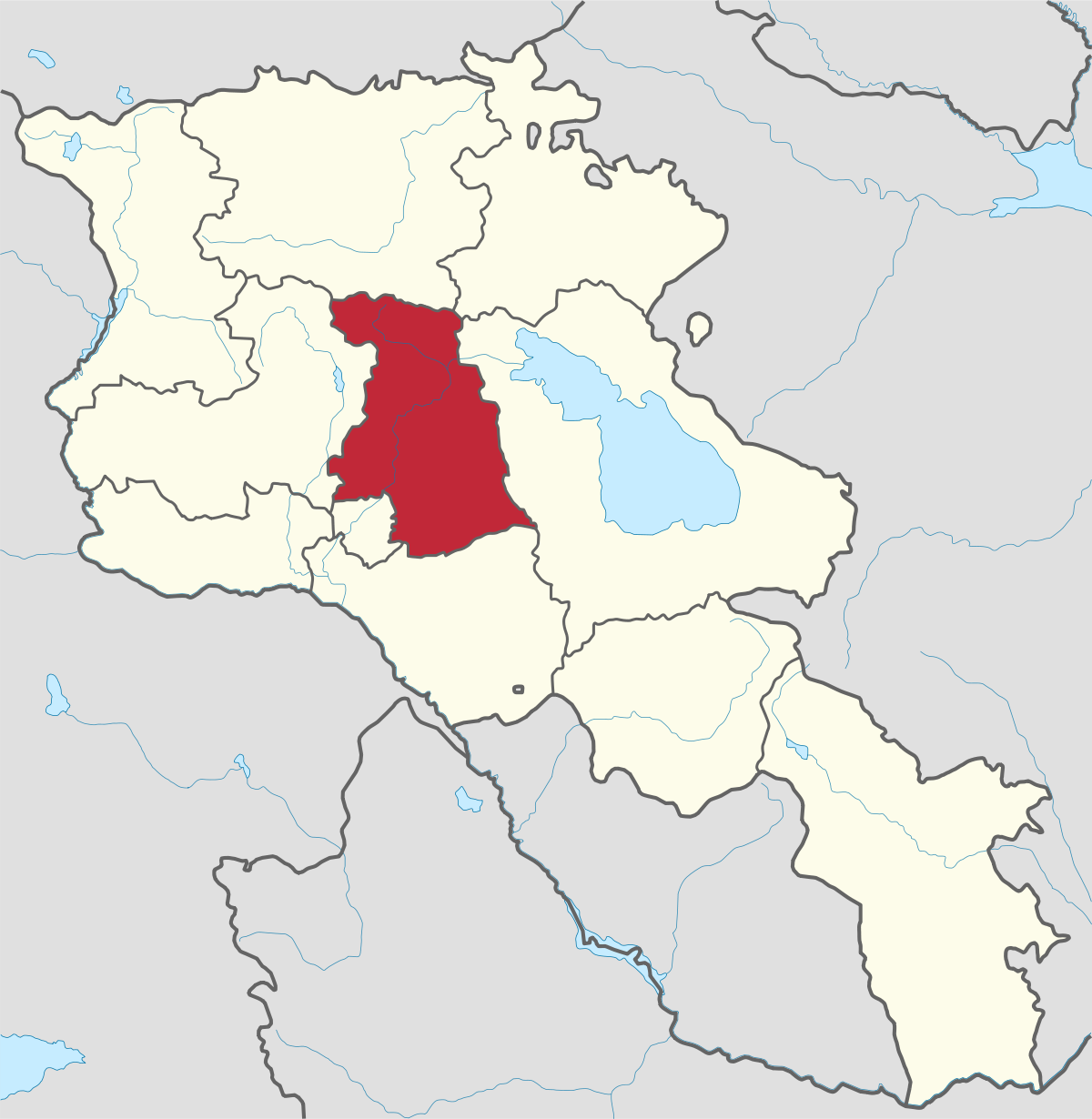
Kotayk region is located at the central part of the country and is home to many must-see sites in Armenia including the pagan Temple of Garni...
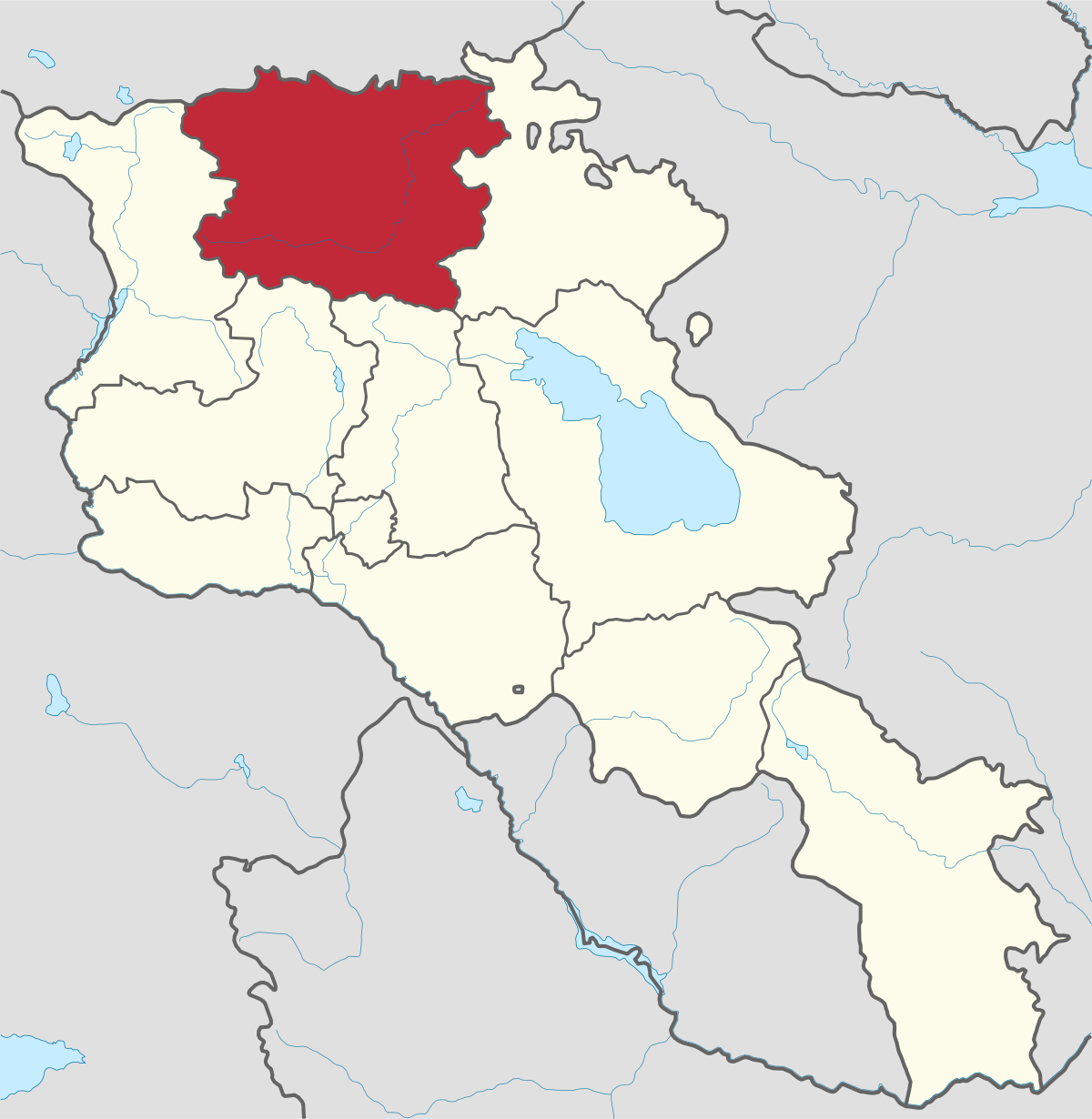
Lori region is in the northern part of Armenia, bordering on Georgia. It is considered Armenia’s greenest area, with more native forest land than...
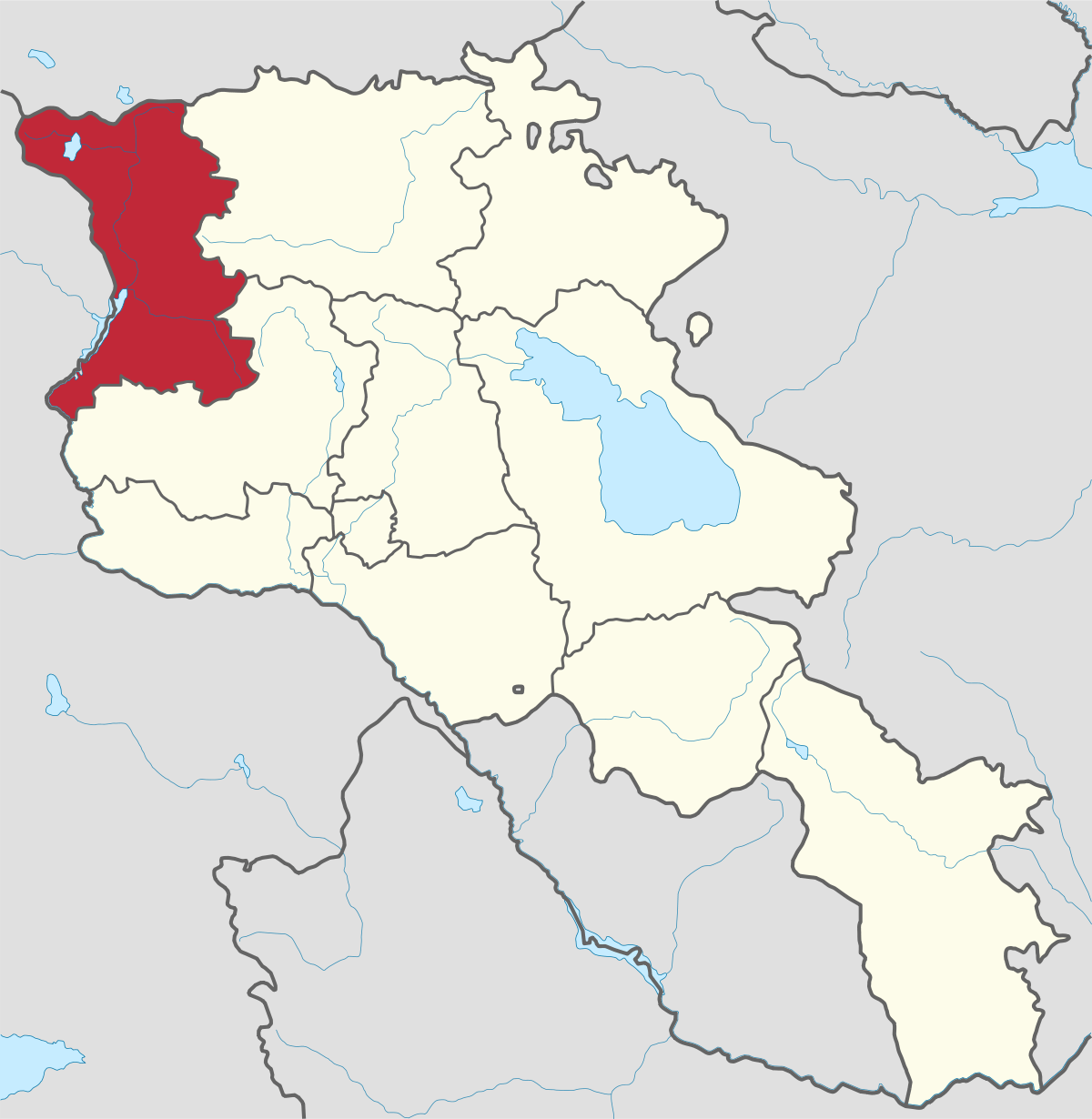
Shirak region lies in the north-west of Armenia. It borders with Georgia and Turkey. Shirak region is mainly dominated by the Ashotsk Plateau and...
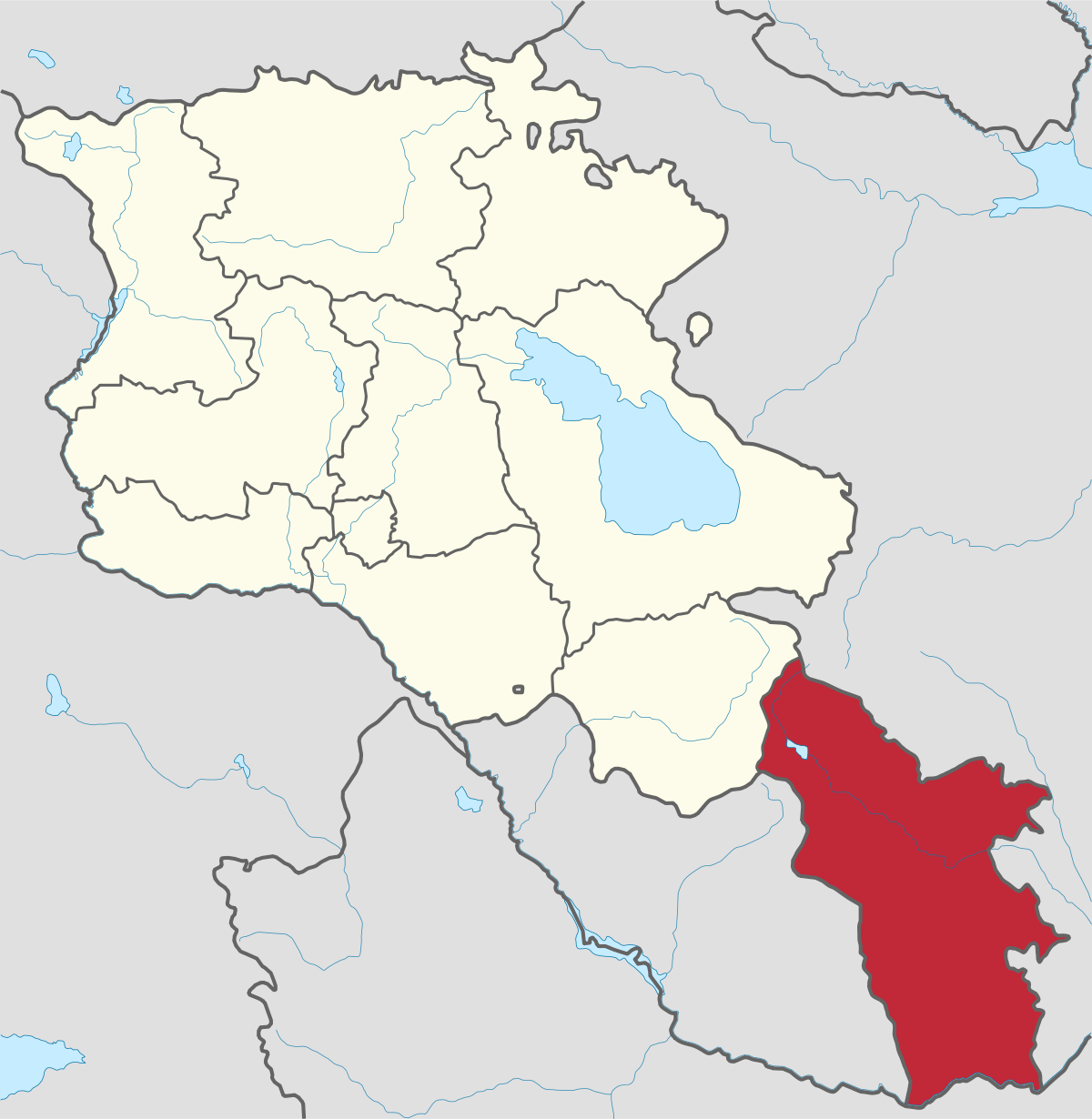
Syunik region- It is in the southern part of Armenia, bordering by Azerbaijan's Nakhchivan Autonomous Republic exclave, the de facto independent...
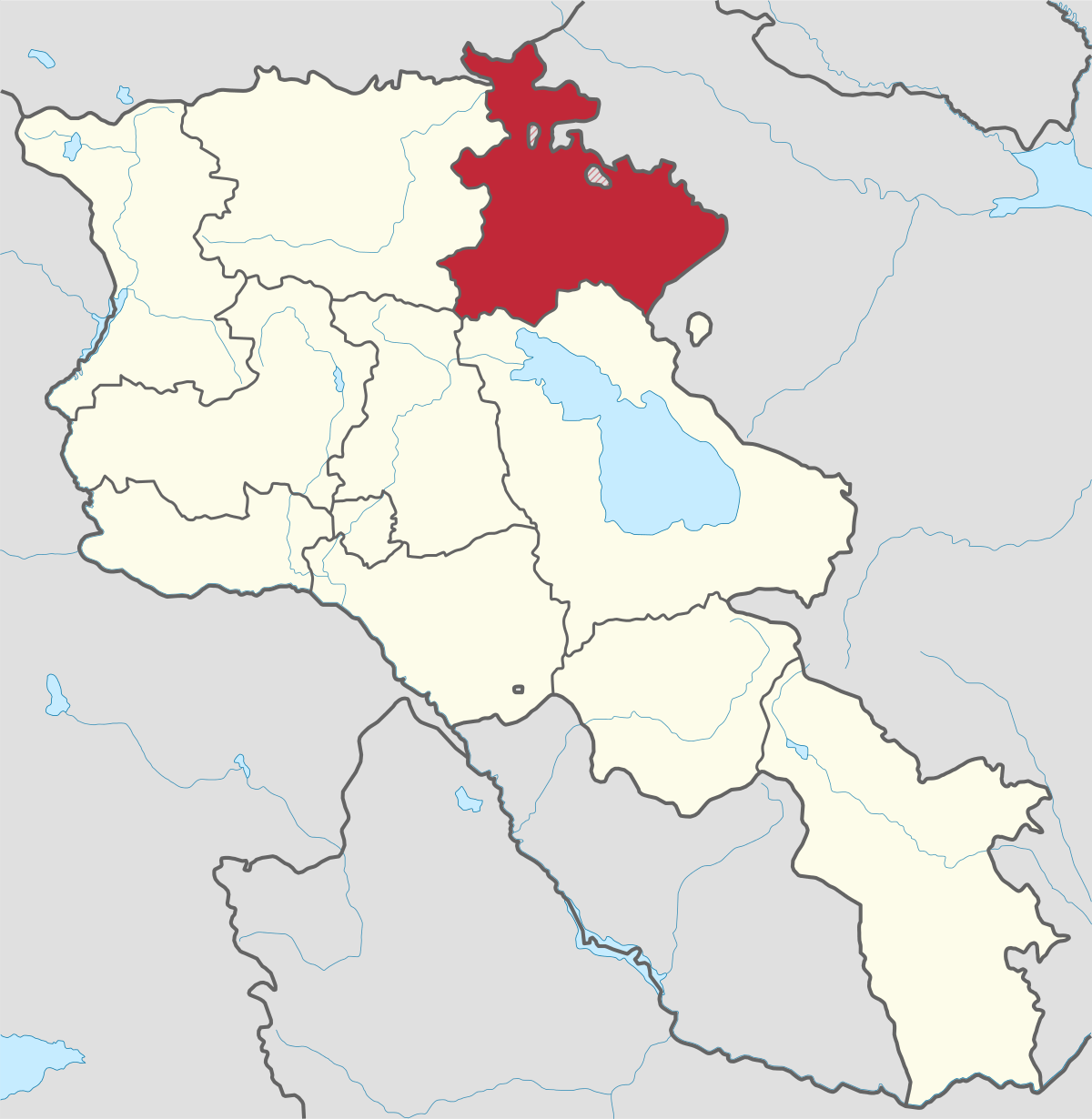
Tavush region lies in the Northeast of Armenia, bordering by Georgia and Azerbaijan. The territory is mainly mountainous and rocky hillsides...
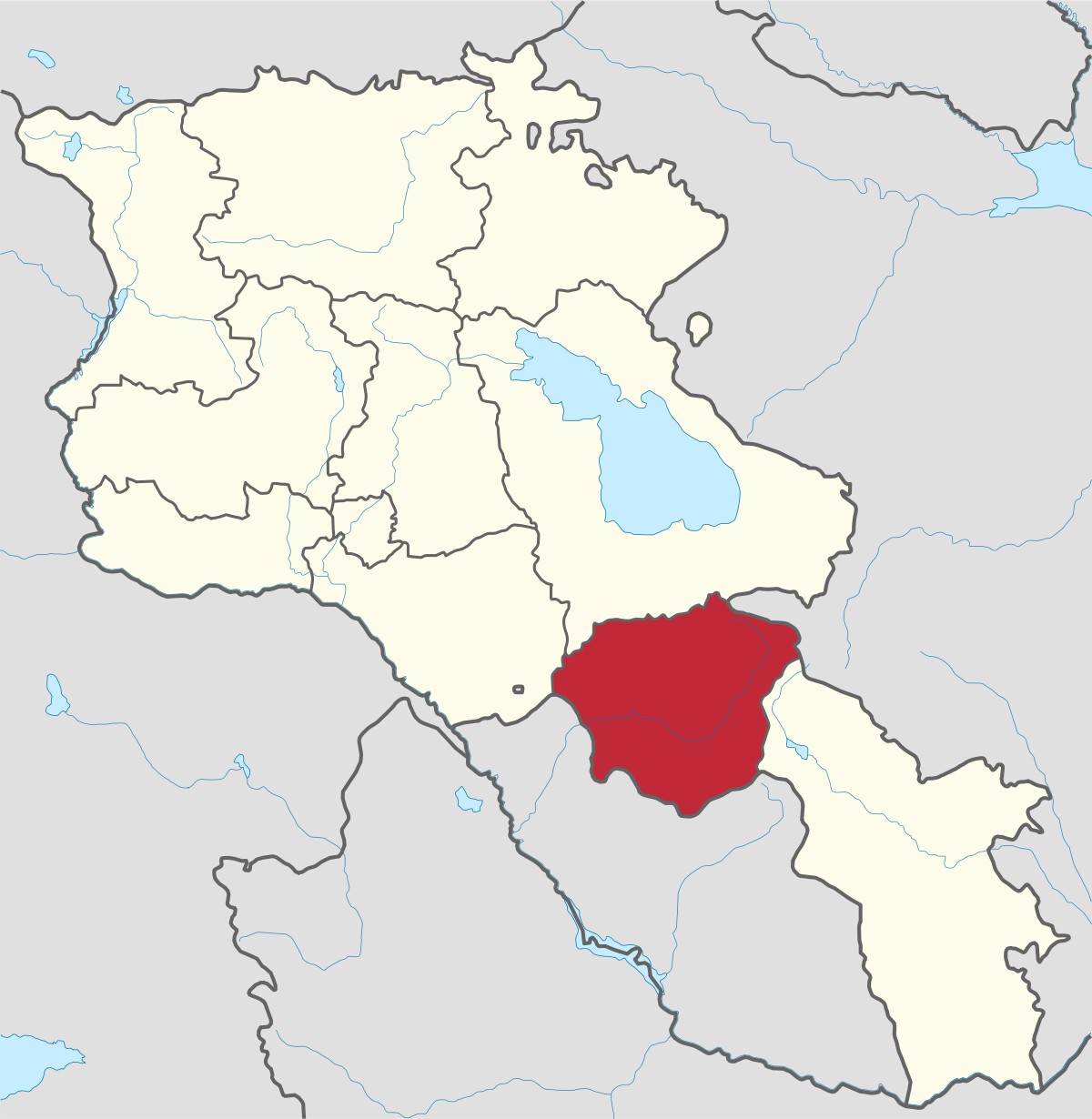
Vayots Dzor region is mainly a mountainous region at the southeastern end of the country, known with Jermuk Waterfall, Areni cave, Smbataberd...
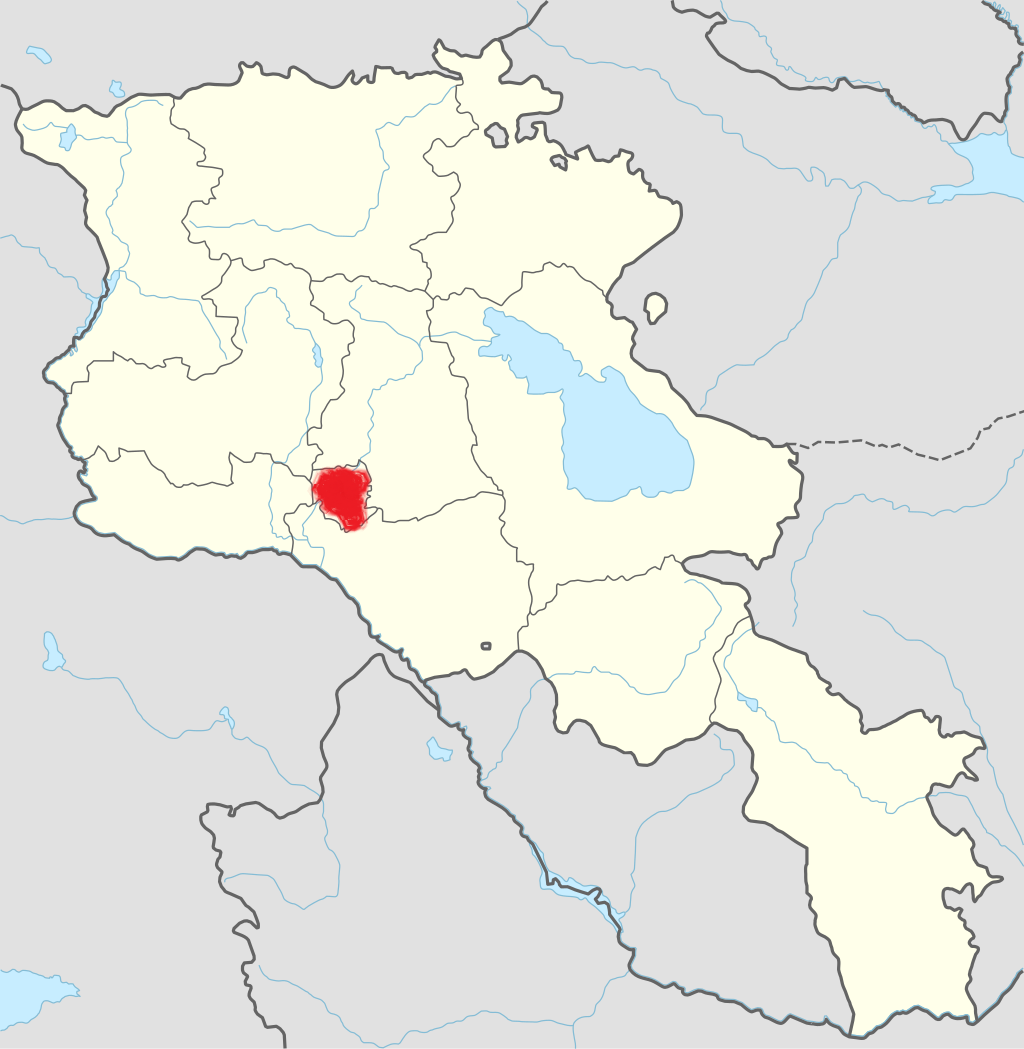
Yerevan city – 2800 years old. Yerevan is the capital of the Republic of Armenia with more than 1 million people. It is an amazing city with view...
800
149
1476
32